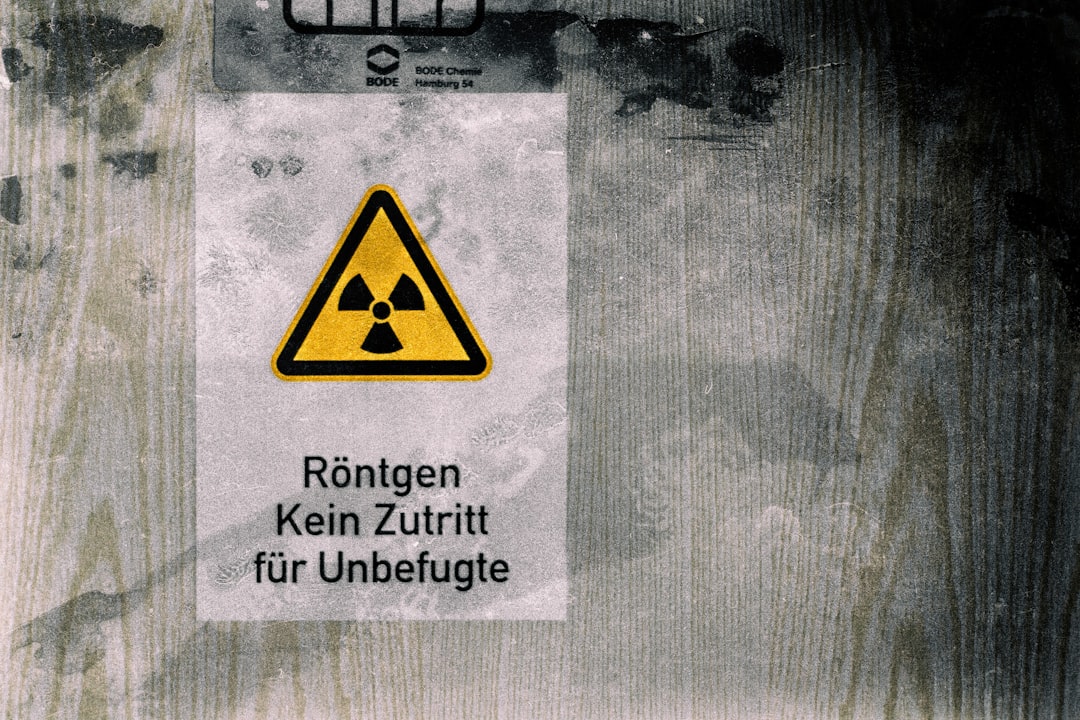What is it about?
The study of small molecules based on “fingerprint” approaches and non-target methodologies has been used to understand changes caused during natural or industrial processes. In this work, chemometrics was applied to evaluate changes according to the volatile composition of orange juice subjected to ozone and plasma processing, and its influence on the flavor compounds of the juice. HS-SPME-GC/MS analysis was able to differentiate the juices processed by ozone and plasma, mainly showing the oxidation of limonene, y-terpinene, and linalool to the orange off-flavor components α-terpineol and terpinen-4-ol, the formation of decanal, and the degradation of p-cymene. The multivariate chemical analysis of volatile compounds of orange juice indicated a significant difference between juices treated with short-period ozone treatment (1 to 3 min) and using long-period ozone treatment and plasma treatment.
Featured Image
Read the Original
This page is a summary of: An untargeted chemometric evaluation of plasma and ozone processing effect on volatile compounds in orange juice, Innovative Food Science & Emerging Technologies, October 2017, Elsevier,
DOI: 10.1016/j.ifset.2017.10.001.
You can read the full text:
Contributors
The following have contributed to this page










